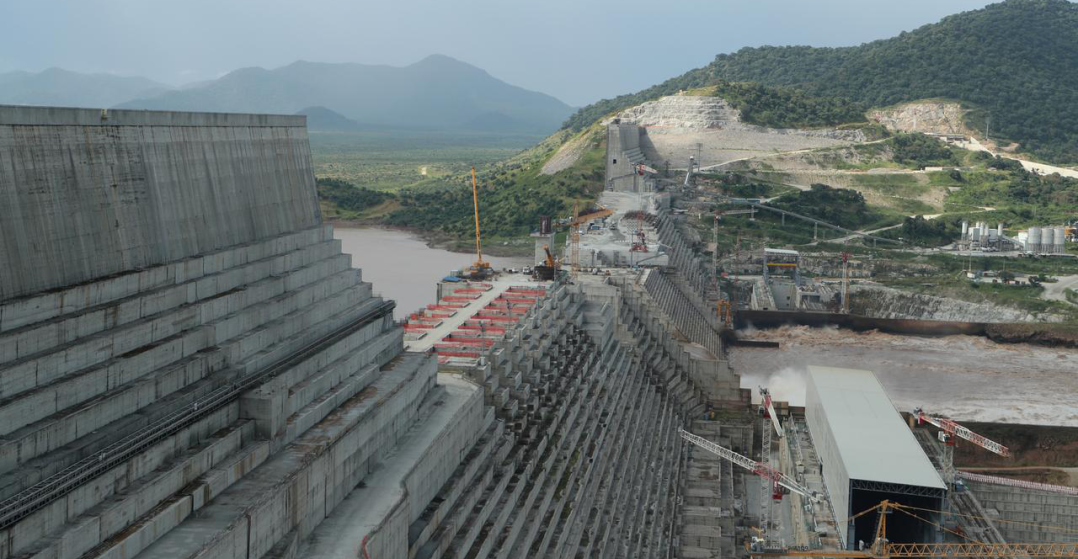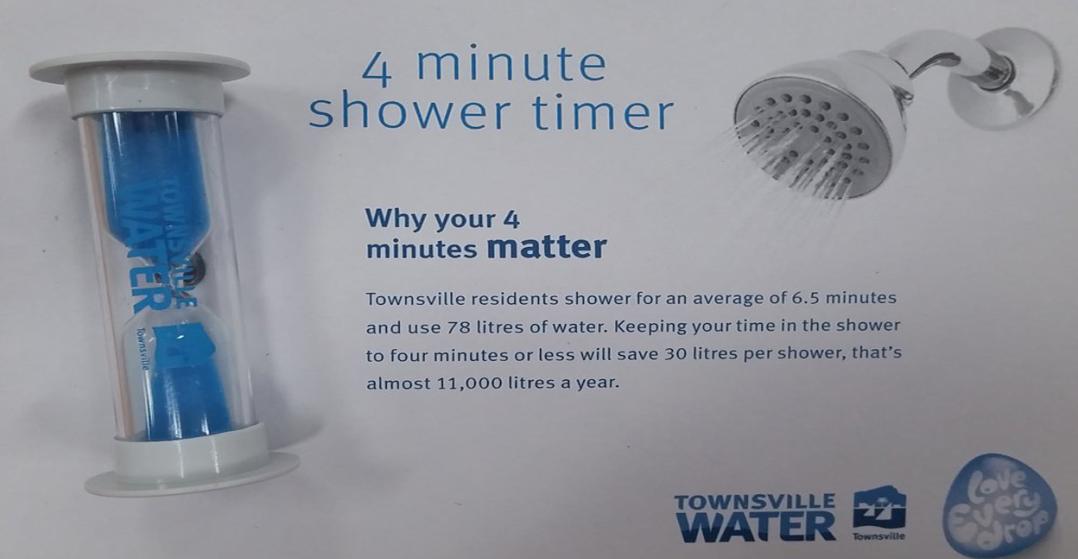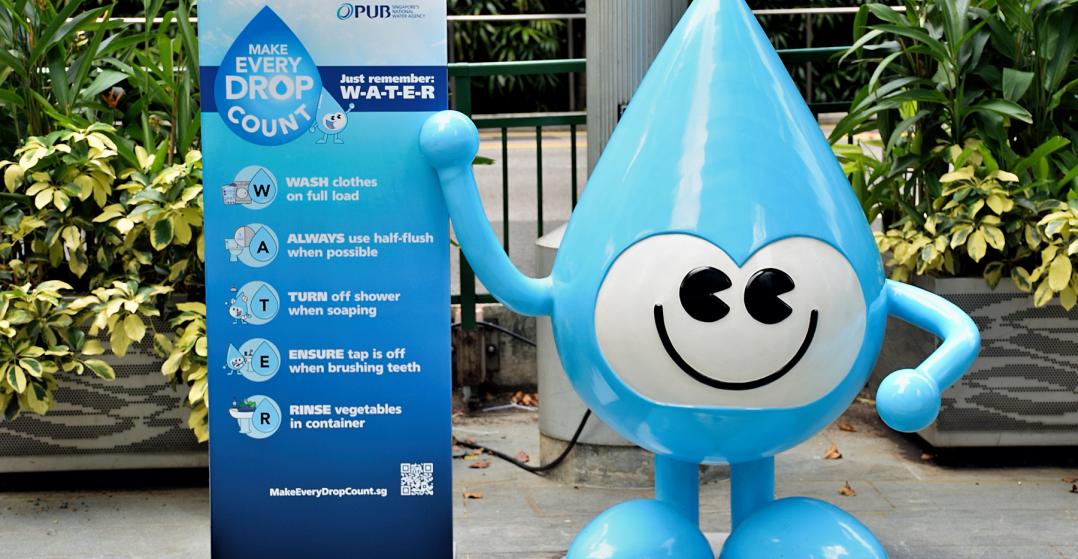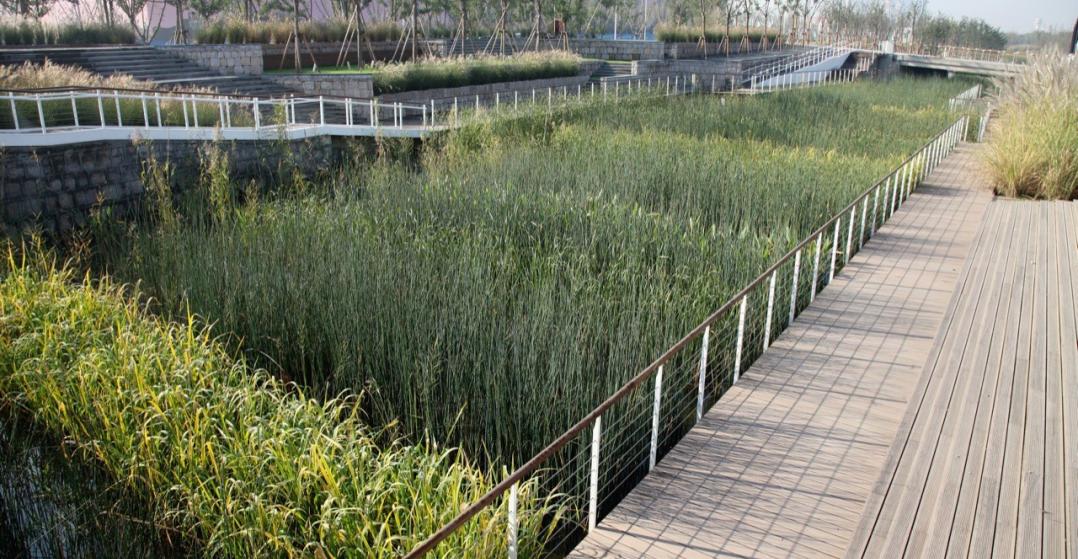
The Water-Energy Nexus
Water, Clean Energy, and Conflict
Confronting climate change requires that we construct massive amounts of new carbon-free energy-generating capacity in the coming years; but doing so can make water crises, already exacerbated by climate change, even worse. Conflicts between new clean energy and water access will become more and more common as the world decarbonizes its energy sources and grapples with water scarcity. However, by linking how we think about energy and water we can make smart investments that address both challenges. Designers, particularly planners and landscape architects, have an opportunity to contribute site-based perspectives, across disciplinary divides, to policy conversations (conversations which designers are largely absent from today) and to envision ways of living that take both water and energy into account.
Recent reports by Al-Jazeera and the New York Times highlight a region where this conflict is in full swing. This summer, Ethiopia will begin filling the reservoir behind the Grand Ethiopian Renaissance Dam, one of the largest hydroelectric dams in the world. It will generate enough clean electricity to meet 60 percent of Ethiopia’s electricity needs, but its placement on the Blue Nile has generated conflict with Egypt, which relies on the Nile for 98 percent of its water. Under a worst-case scenario, filling the reservoir would lead to a loss of half of Egypt’s agricultural land and permanently reduce the flow of the Nile, worsening Egypt’s already severe water challenges. Egypt already struggles with irrigation water shortages and is increasingly relying on expensive food imports.
Egypt is not alone facing water challenges—climate change is wreaking havoc on the world’s water supplies. Over 50 million people in East Africa are going hungry after being hit by both droughts and floods.[1] In the last few years, Cape Town, São Paulo, and Bangalore all barely avoided “Day Zero,” the point when municipal reservoirs would run dry.[2] According to the World Resources Institute, a quarter of the world’s population already faces extremely high water stress.[3]
Energy production and water are deeply linked. Mining and processing fossil fuels and uranium consume vast amounts of water, leaving much of it toxic and unusable for anything else. Water drives the turbines of hydroelectric dams and is used in the manufacturing of wind turbines and solar panels. And a significant proportion of all energy use goes to pumping, treating, and heating water, especially in drier regions.
Today, the largest source of carbon-free energy is one of the most water-intensive.[4] Hydropower dams provide over 45 percent of the world’s clean energy, relying on high water levels in their reservoirs to drive turbines.[5] This creates a tradeoff between maintaining energy generation and releasing water for downstream users during droughts. Power from California’s dams was cut in half during recent droughts, when reservoir levels dropped.[6] Evaporation from reservoirs also reduces the water available downstream. Egypt’s Aswan High Dam generates just 6 percent of the country’s electricity but loses a fifth of the country’s annual water supply to evaporation.[7] And dams create additional ecological impacts; for example, since the construction of the Aswan High Dam, the Nile has lost two thirds of its fish species and the loss of sediment trapped behind the Aswan has led to degraded soil quality and faster sea level rise in the Nile Delta.[8]
In addition to electricity generation, the production and transport of water is responsible for a significant share of total energy use in much of the world, particularly where it is hottest and driest. In California, 20 percent of the state’s electricity and 30 percent of its natural gas is used to pump, treat, and heat water.[9] Due to its reliance on desalination, the water sector consumes 16 percent of Saudi Arabia’s energy.[10] Jordan uses an incredible 14 percent of the country’s energy each year to pump water almost 300 kilometers from the Disi aquifer to the capital Amman.[11]
Moving towards collaborative approaches
Conflicts between clean energy and water challenge policymakers because they transcend traditional siloes. Research on the water-energy nexus is happening in academia, but that awareness is rarely reflected in governance structures or popular awareness. Planners and landscape architects, because their work is typically site-based rather than sector-based, have an essential perspective to help overcome that challenge. Trading off between conflicting priorities and finding creative ways to meet multiple users’ needs is a central part of designers’ skillsets and is exactly what is needed in this case. However, because much of the work shaping the conflict between water and clean energy happens at the level of policy and governance, designers will have to move beyond traditional spheres of practice.
Energy demand by the water sector can be reduced by lowering total water consumption and using more energy-efficient technologies. Education, water-efficient appliances, and restrictions are all effective at reducing water use. South East Queensland, Australia, reduced per capita consumption by almost half between 2005 and 2009 through a combination of these three strategies.[12] The Home WaterWise Service subsidized the retrofitting of homes with low-flow taps, leak repair, and installing rainwater tanks for gardens. The Target 140 campaign used videos and imagery to educate residents about water supply levels and to convey that residential water use was the majority of demand—meaning that individual actions mattered. The Queensland Water Commission also distributed a free, bright blue 4-minute shower timer that became an iconic object symbolizing the need to save water.[13] And replacing gas and electric water heaters with solar water heaters reduces carbon emissions and new clean energy generation needs simultaneously. Solar water heaters are not limited to just hot, sunny places. Germany has the third-highest solar water heating capacity, behind only the much larger nations of China and United States.[14]
Water reuse, also called water recycling, provides many of the same benefits as desalination but is up to 8 times more energy efficient.[15] Political leaders tend to shy away from water reuse because of fears that the water is unsafe, even though it is treated to the same standard as desalinated water. Singapore shows this is avoidable through effective communication: its NEWater program provides 40 percent of the city-state’s water needs and is promoted through educational programs for school kids, branded bottled water, and collaborations with breweries.[16] The NEWater program includes five plants that treat sewage with microfiltration, reverse osmosis, and UV disinfection, after which it is either delivered to industrial customers via a dedicated pipe network or used to maintain reservoir levels during dry periods.[17] There is also a NEWater Visitor Centre that has turned water treatment into a highly rated tourist attraction. This has built political support for a program that has reduced Singapore's reliance on imported water from Malaysia and reduced reliance on desalination.
The central role of education in water conservation points to opportunities for designers to get involved with the water-energy nexus. Australia’s experience has shown that building a culture of conservation has the biggest effect on water consumption out of any of the conservation techniques tried. Creating visions for a good life that sips rather than gulps water, such as with a shower timer that makes saving water into a game rather than a chore, will help build that conservation culture and is a role for which designers are uniquely suited. Anna Darling, in her 2019 MLA thesis for the University of Pennsylvania, exemplified this at a larger scale, imagining a new type of settlement organized around the monitoring and management of groundwater as a collective activity rather than the opaque purview of specialists.
More traditional planning and landscape architecture projects also have a role to play. Constructed wetlands that filter water with plants, soil, and microorganisms reduce the need for traditional energy-intensive forms of treatment. At a larger scale, the strong relationship between energy and topography points towards possibilities of land use planning that considers what activities use the most water and purposefully locating them where they can be served by gravity-powered water systems. The McHarg Center’s Atlas for the Green New Deal begins to do this by spatializing concepts like projected water and energy needs alongside land use, income, and environmental risks, making legible their deep interconnections.
Water crises and the clean energy transition are intertwined. Attempts to split the climate crisis into discrete problems to tackle separately will fail. Success in decarbonizing the energy sector and responding to water scarcity requires that the two sectors work together. While they remain isolated, conflicts like the one surrounding the Grand Ethiopian Renaissance Dam will be far more likely. Solutions will look different in different places, but uncoordinated action will drive us unnecessarily into a drier and darker future. We have the technologies and knowledge to meet our water and energy needs, but only if we address them together. The education, perspectives, and skills of designers have value in policy discussions that precede the commissions and projects that have been the focus of the profession. By contributing our skills beyond the traditional project-based practice, we can help identify the connections between water and energy and envision how we might live in new ways that are sensitive to both.
[1] https://www.oxfam.org/en/press-releases/more-52-million-people-across-africa-going-hungry-weather-extremes-hit-continent
[2] https://www.forbes.com/sites/paullaudicina/2018/06/07/water-day-zero-coming-to-a-city-near-you/#7164c1231738
[3] https://www.wri.org/blog/2019/08/17-countries-home-one-quarter-world-population-face-extremely-high-water-stress
[4] https://emilygrubert.org/wp-content/uploads/2018/10/PREPRINT-Grubert-Sanders-Water-for-US-Energy.pdf
[5] https://www.iea.org/data-and-statistics?country=WORLD&fuel=Energy%20supply&indicator=Low-carbon%20electricity%20generation%20by%20source
[7] Jessica Barnes, Cultivating the Nile: The Everyday Politics of Water in Egypt, 55.
[10] https://www.sciencedirect.com/science/article/pii/S1876610217308500, https://betterbuildingssolutioncenter.energy.gov/sites/default/files/Primer%20on%20energy%20efficiency%20in%20water%20and%20wastewater%20plants_0.pdf
[14] https://www.worldatlas.com/articles/countries-with-the-highest-share-of-solar-water-heating-collectors-global-capacity.html




